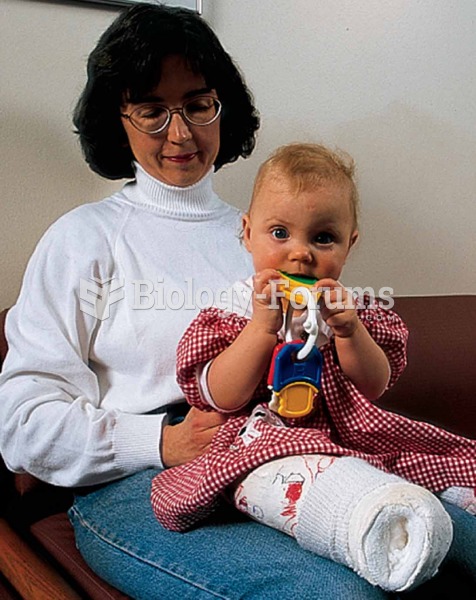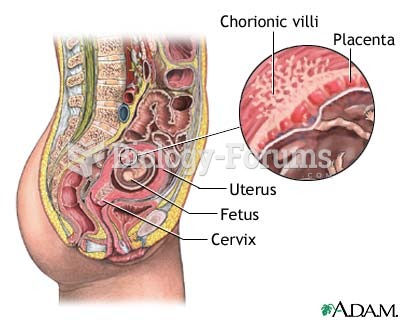Answer to Question 1
D
During the first weeks after surgery, many physicians recommend low-fibre diets because the bowel requires time to adapt to the diversion. Low-fibre foods include bread, noodles, rice, cream cheese, eggs (not fried), strained fruit juices, lean meats, fish, and poultry. Poached eggs and rice would be appropriate for this client.
After the ostomy heals, the client is allowed to eat fruits and vegetables. High-fibre foods such as fresh fruits and vegetables help to ensure a more solid stool needed to achieve success at irrigation.
After the ostomy heals, the client is allowed to eat fruits and vegetables. High-fibre foods such as fresh fruits and vegetables help ensure a more solid stool needed to achieve success at irrigation.
Ostomy clients may benefit from avoiding foods that cause gas and odour, including broccoli, cauliflower, dried beans, and Brussels sprouts. Cauliflower and broccoli are not recommended for this client.
Answer to Question 2
D
Feedback
A It would not be correct to describe the student nurse as confident (i.e., sure of oneself) professionally.
B It would not be correct to describe the student as trustworthy. To be trustworthy, one should be worthy of trust or confidence and be reliable. In this case, the student could not be relied on to administer medication correctly.
C It would not be correct to describe this student nurse as compliant. The student did not act in accordance with wishes, commands, or requirements.
D Accountability refers to the ability to answer for one's own actions. The goal is the prevention of injury to the patient. The student nurse who informs her instructor of her error is holding herself accountable for her action and aims to avoid causing any injury to the patient. Accountability is one of the seven values of the CNA Code of Ethics central to nursing practice.







